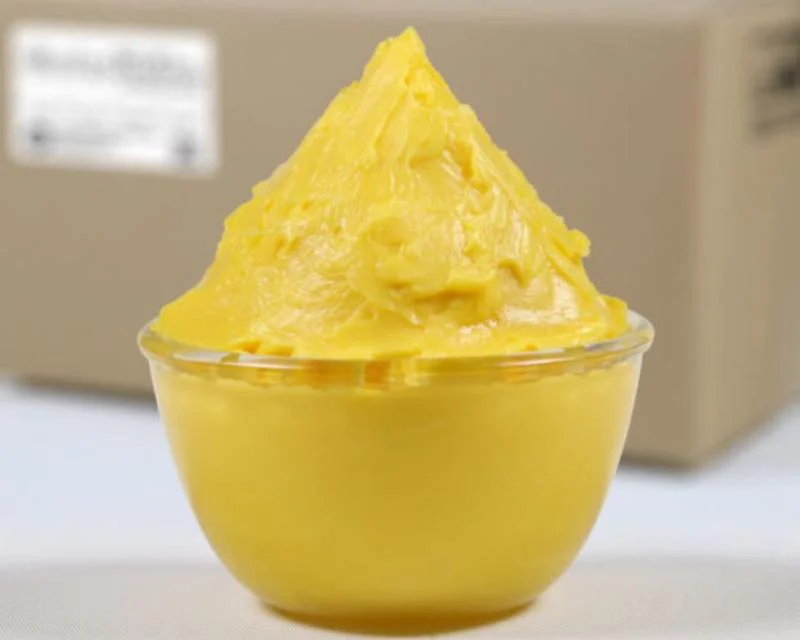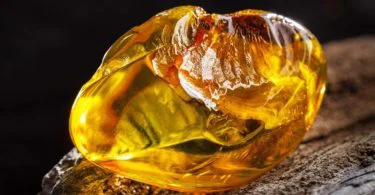The vital portion of our breakfast must include butter and margarine. The duo are a great source of fat for the human body and can also be used in the preparation of various food products. Butter is a raw product, while margarine is a synthetic option. Butter is extracted from animal milk, mostly cow. Margarine, on the other hand, goes through mixed-up procedures during its preparation.
What is Butter?
Butter is a type of dairy product that we consume daily, like eggs and milk. Butter can be used as a spread or in making foods like baking and making sauce. The essential components of butter are protein, butterfat, and water. Broadly, it is usually used in raw form, although preservatives and salt are put in to level up its shelf life. At room temperature, butter looks soft, but at a higher temperature, it turns liquid and then gets solid when chilled. Butter does not possess one colour. The colour differs from white to yellow, depending on the animal feed whose milk is used in the extraction of the butter. A tablespoon of butter includes about 420 of energy that often comes from saturated fats and is a good source of cholesterol for its consumers. Due to this, some health conditions are triggered by butter, mostly cardiac conditions.
What is Margarine?
In 1869, margarine was produced as an alternative to butter. Presently, uncountable types of margarine are sold in the market. Margarine is mostly made from vegetable oil, in which the hydrogen gas is enacted through fluid oils to harden them. There is no form of cholesterol in margarine, and saturated fats are of a very small portion or, most times, absent. Based on specialist reports, they contain mostly poly saturated and are not healthy for the human body. To increase the nutritional quality of margarine, vitamins A and D are often added, and salt, artificial colour, and preservative are usually added to give it a lasting shelf life. Based on research, trans fat, which is available in margarine, can increase the blood’s insulin levels, boosting the chances of diabetes.
Differences Between Butter and Margarine
Butter has its root in animals as it is produced from the milk extracted from mammals. While margarine is made with the oils from vegetables using the processes of hydrogenation. Butter contains saturated fats and cholesterol. Conversely, margarine consists of trans fat and does not contain any form of cholesterol. Margarine and butter possess an equivalent amount of calories, meaning that every teaspoonful has a quantity of 100 calories.
Butter has a more pleasant taste when compared to margarine. Therefore, individuals who are conscious of their taste usually prefer butter in any case. Margarine and butter are used in cooking, especially baking, but they are not recommended for frying. Margarine possesses a longer shelf life than butter. Economically, margarine is less expensive than butter. Doctors often recommend the use of margarine to ease the risk of heart disease, although it might cause diabetes.







